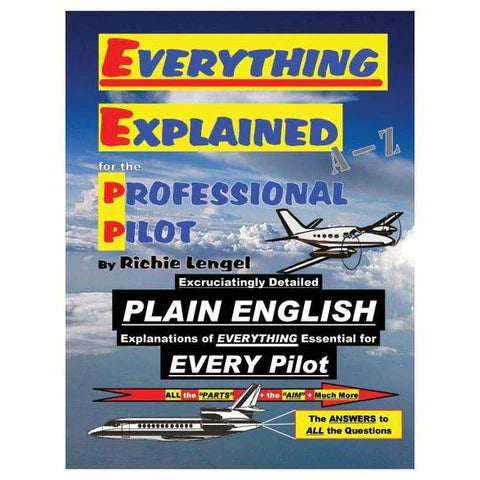How to Become a Commercial Pilot (Step-By-Step) Guide
Flying for fun is great, but would it not be a wonderful feeling for both you and your pocketbook if you could get paid to do what you love? A commercial pilot certificate is the ticket to being eligible to fly for hire.
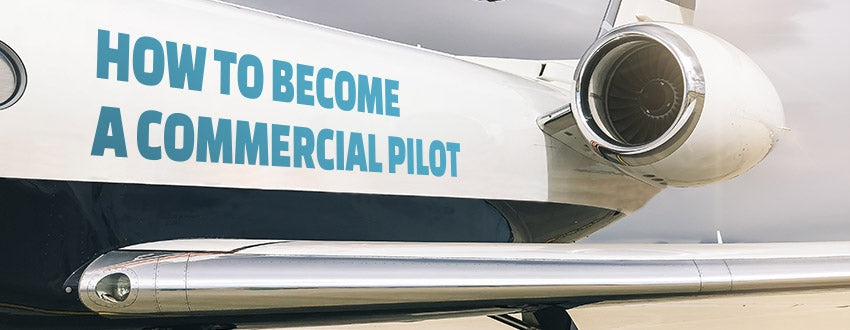
Flying for fun is great, but would it not be a wonderful feeling for both you and your pocketbook if you could get paid to do what you love? A commercial pilot certificate is a great career goal and the ticket to being eligible to fly for hire.
If you are interested in making money and are wondering how to become a commercial pilot, here is your step-by-step guide to go from private pilot to holding a commercial certificate.
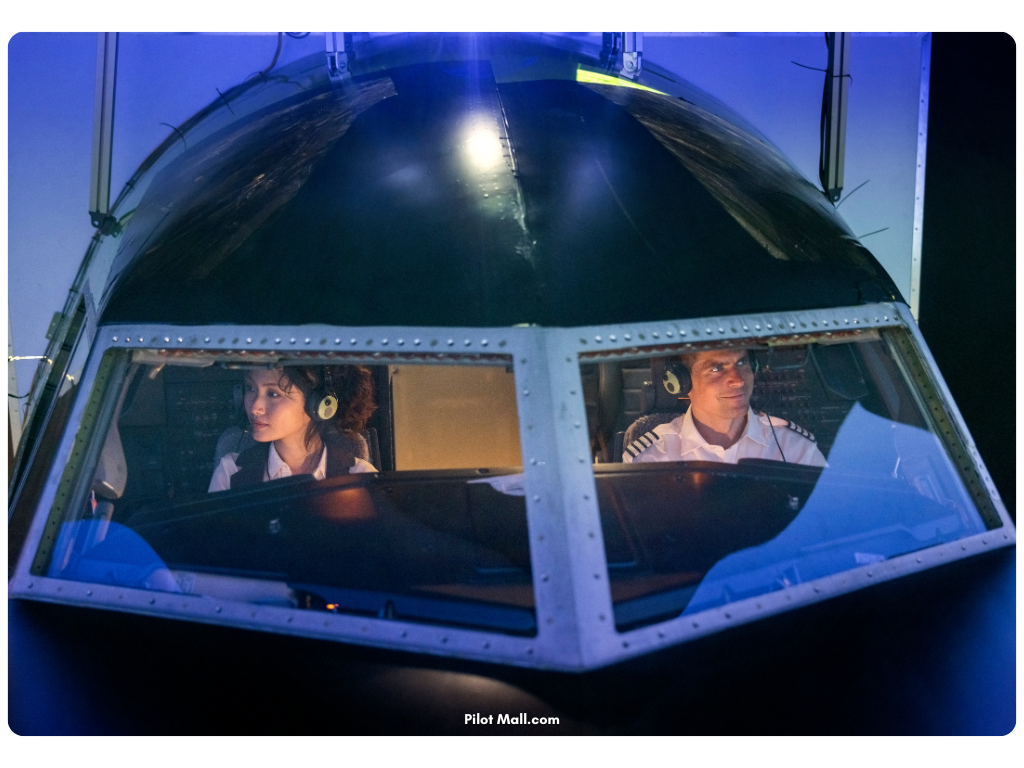 What are a Commercial Pilot's Responsibilities?
What are a Commercial Pilot's Responsibilities?
Being a commercial pilot is a big responsibility. The main goal of the pilot-in-command is to ensure the safety of the flight.
This includes proper management of flight operations, passenger safety, and preflight inspections.
The role also includes being about to make sound decisions and communicate effectively with air traffic control, crew members, and the passengers onboard.
Commercial pilots have to comply with all regulations implemented by the Federal Aviation Administration (FAA) in the United States and to stay up to currency with training and certifications.
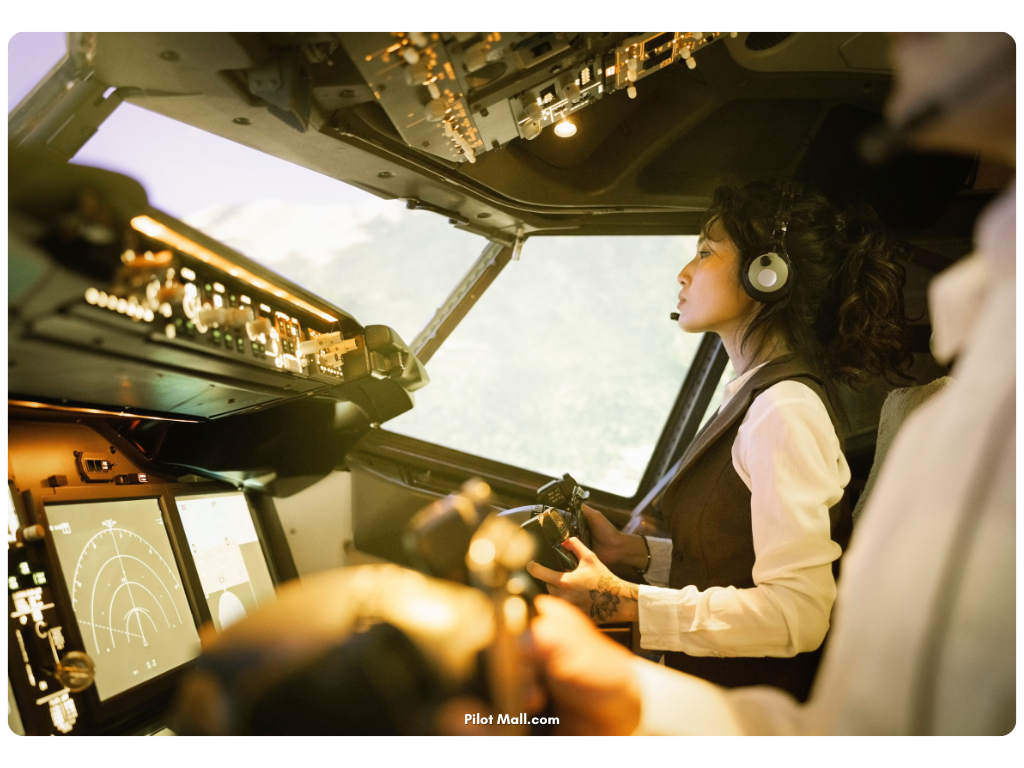 Step-By-Step Guide for How to Become a Commercial Pilot
Step-By-Step Guide for How to Become a Commercial Pilot
1. Confirm that you meet the FAA’s minimum eligibility requirements
To be eligible to earn your commercial pilot certificate, you must:
- Be at least 18 years old
- Be fluent at reading, writing, and speaking English
- Be able to provide proof of identity
- Be able to qualify for and obtain a second-class FAA medical certificate
- Hold at least a private pilot license
2. Get your second-class medical certificate
As a private pilot, you have already gone through the process of getting your third-class medical certificate. Now you will need to go back to the approved medical examiner (AME) and pass the physical for a second-class medical certificate.
Some of the main differences when you upgrade to second-class are that your distance vision must be correctable to 20/20 or better in each eye. Intermediate vision must be 20/40 or better.
It is also important to note that a second-class medical certificate is only valid for 12 months, rather than the 24-60 months you were used to with a third-class.
3. Decide which type of commercial pilot certificate to earn
There are two options for commercial pilot certificates: single-engine and multi-engine. Which one you choose to get depends on your goals, career progression strategy, and budget.
Since the hourly rate for single-engine aircraft is lower than multi-engine, it will cost less to obtain a single-engine commercial pilot license than a multi-engine.
Once you have earned the single-engine certificate, the multi-engine can be done as an add-on. This means fewer overall training hours are needed in the multi-engine aircraft.
The potential downside is that if your intention is to get hired as a multi-engine commercial pilot upon earning your certification, going the add-on route may not give you the minimum hours that many airlines require.
If you are short on hours, and must pay to log them anyway, it may have been faster to simply skip the single-engine and go directly to the multi-engine certificate.
Another consideration is whether you intend to be a flight instructor at any point. Flight instructors who wish to teach in both single-engine and multi-engine aircraft will have to earn both commercial certificates.
Finally, the single-engine certificate can be viewed as a steppingstone to the multi-engine. Since multi-engine is more challenging, even if you intend to earn both, it may make sense to start with the single-engine first.
Some schools like ATP Flight School have timelines in place to guide you from private pilot to single-engine pilot in three and half months and on to flight instructor with multi-engine add on in a total of just five and a half months.
However, ATP schools can be beneficial for those who are trying to get their Airline Transport Pilot Certificate.
Keep in mind there is a difference between a commercial pilot and an airline transport pilot. The Federal Aviation Administration outlines the difference with the ATP certification that requires a commercial rating, IFR rating, and multi-engine rating.
 4. Take and pass the FAA written knowledge exam
4. Take and pass the FAA written knowledge exam
Each level of pilot certificate requires a prospective candidate to take and pass a written knowledge exam.
A commercial test prep book will help you learn the materials and give you practice acing sample tests before you take the real deal.
Get the written exam out of the way early so that you can move on to logging flight time.
5. Polish your proficiency and log your required flight time
The more advanced pilot certificate you set your sights on, the more flight time you will need to log. Here is what to expect for your single-engine commercial pilot certificate:
- Total required hours: 250
- Hour breakdown:
- 100 hours in powered aircraft, of which at least 50 hours must be in airplanes
- 100 hours as pilot-in-command including:
- 50 hours in airplanes
- 50 hours cross-country (at least 10 in airplanes)
- 20 hours of training with CFI
- 10 hours instrument training
- 10 hours in technologically advanced aircraft
- One 2-hour daytime cross country flight in single-engine airplane with total distance of more than 100 NM
- One 2-hour nighttime cross country flight in single-engine airplane with total distance of more than 100 NM
- 3 hours of training must occur in a single-engine airplane within 2 months of taking checkride
- 10 hours of solo time or PIC time in single-engine plane including:
- A cross-country that is over 300 miles and includes landings at 3 points, one of which is at least 250 NM from original departure point
- 5 hours of night VFR with 10 takeoffs and 10 landings at an airport with an operating control tower
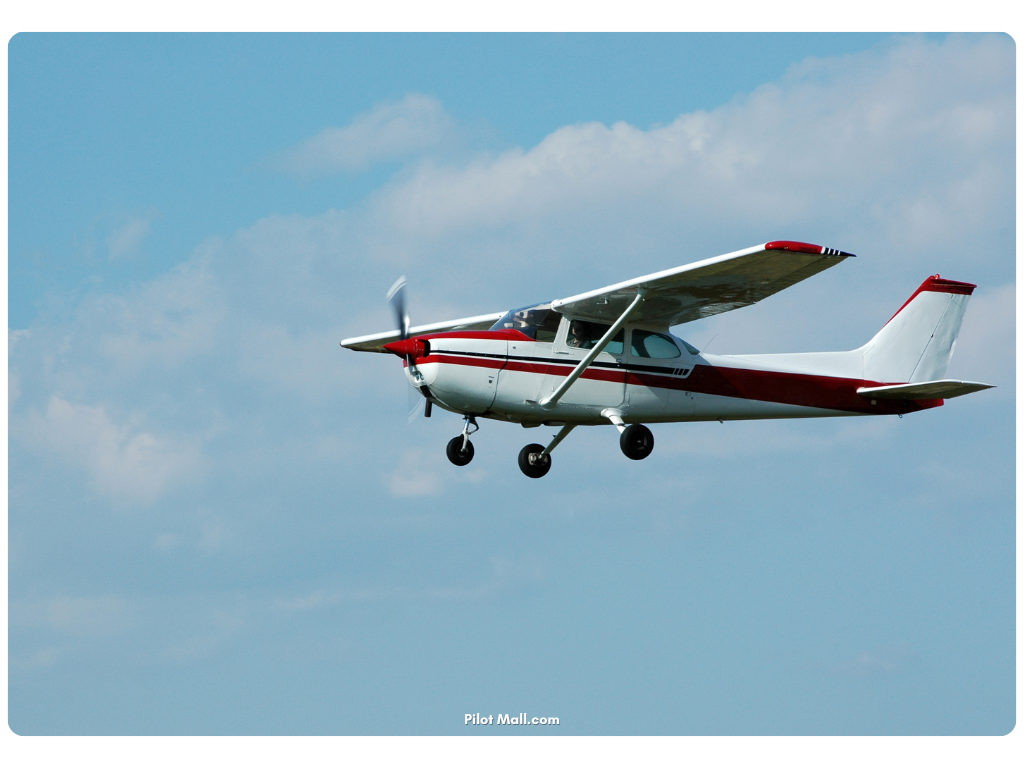 6. Pass your check ride
6. Pass your check ride
Once you have logged your hours and your instructor agrees that your skills are up to par, you will be signed off to go take your checkride. As you remember from your private pilot checkride experience, the day consists of an oral exam and a hands-on practical skills test.
Your flight time and review of the commercial pilot airman certification standards have prepared you for the practical portion, but it is the oral component that most pilots dread.
Set yourself up for success with a commercial pilot oral exam guide. This comprehensive volume preps you by covering answers and explanations to the most common questions that you are likely to encounter.
Get through the oral exam, display your piloting skills during the practical portion, and the DPE will soon be shaking your hand and congratulating you on earning your commercial pilot certificate.
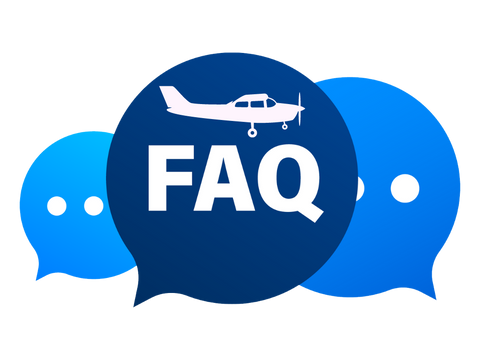
-
Do commercial pilots make good money?
According to Indeed.com, the average salary of a commercial pilot is $105,744 per year.
-
How Much Does It Cost to Become an Airline Pilot?
This can vary depending on the process one takes to become an airline pilot, but generally, the costs can range from $60,000 to $150,000 or more.
-
How long does it take to become a commercial pilot?
On average this can take anywhere from 18 months to several years depending on the pilot's ability to understand the study materials and proficiently perform required flight maneuvers at the FAA-required level.
Before getting one's CPL, one will need to get their Private Pilot Certificate, and typically most pilots aim to get their Flight Instructor Certificate in order to work while earning flight hours. (Learn about the 1500 hours of flight time rule)
-
Do I need excellent vision to become a commercial airline pilot?
Pilots need to have 20/20 distance color vision, but this can be accomplished with the use of corrective lenses(yes, you can wear glasses and be an airline pilot).
Next Steps
If you decided to start with your single-engine certification, your next step in advancing your training is to either become a certified single-engine flight instructor or start working on your multi-engine rating. The multi-engine rating is simply an add-on to your new single-engine commercial pilot certificate.
There is no written test or specified training time requirements for the multi-engine add-on. All the FAA requires is that you have an authorized endorsement in your logbook stating that you are competent in the multi-engine aeronautical knowledge and that you are proficient in multi-engine aircraft operations. After that, you must pass a practical test, and you will receive your rating.
Developing knowledge and proficiency is usually a streamlined process that takes the average single-engine rated commercial pilot approximately 10 hours of training plus 5-10 hours of ground school time to achieve.
Once you have both your single-engine and multi-engine commercial pilot ratings, you will be ready to earn money as a pilot and to take your career to the next level.
Interested in Aviation-based Careers?
Our guides are designed to help!
Did you find this article helpful?
Do you think we missed anything important? Let us know in the comments below!























